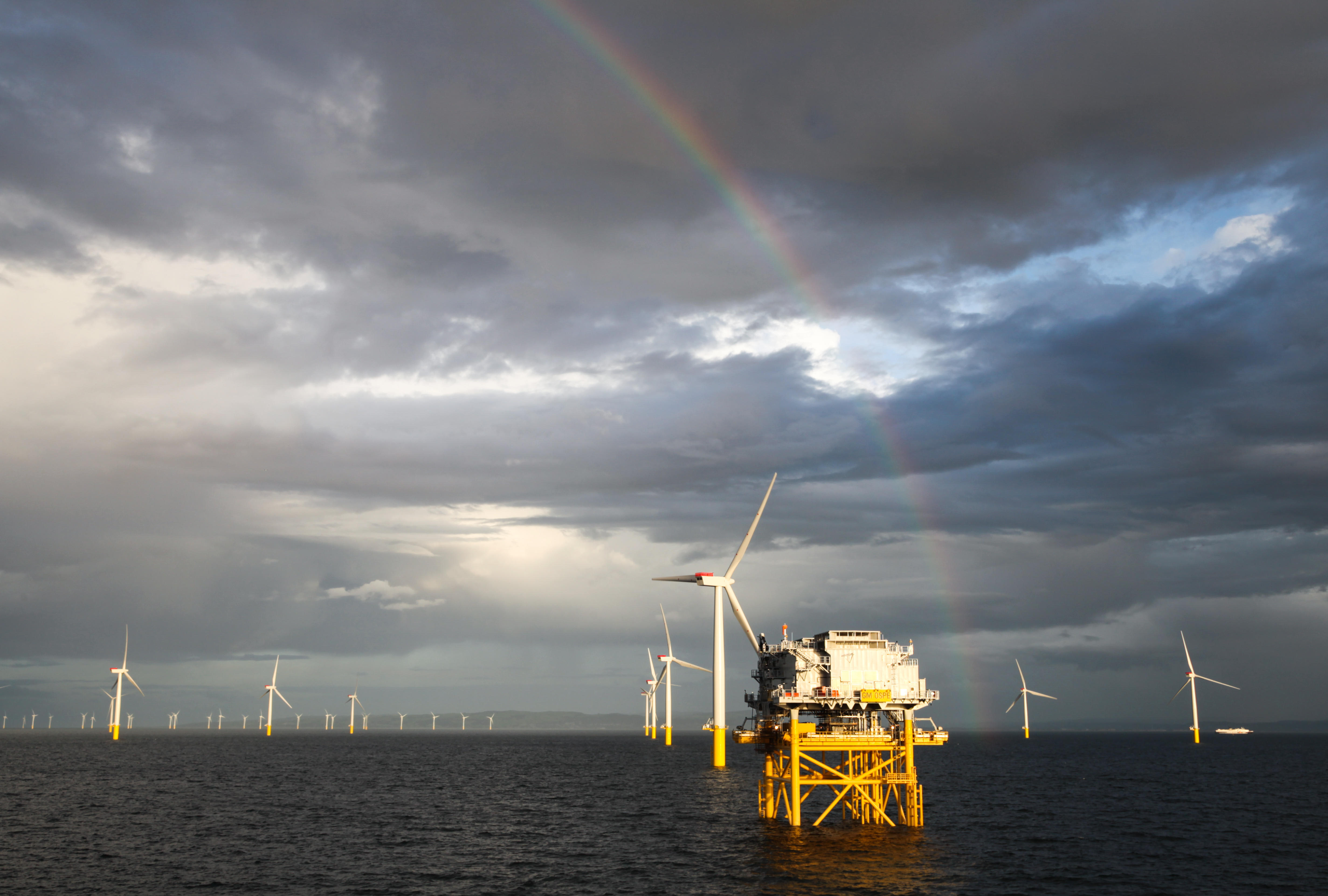Hugo Madeline
,
Senior Offshore Energy Analyst
Author
, Published on
September 19, 2025
Sarah McLean
,
Lead Content Manager
Co-Author

Spinergie analyst Hugo Madeline takes a closer look at how the age of the OSV fleet affects utilization.

What can we learn about fleet utilization when viewed through the perspective of fleet age?
Certainly, it helps identify a few key trends for understanding broader market dynamics and the similarities between the PSV and AHTS fleets. When viewed through this lens, the fleet's fluid composition is highlighted, with its profile evidently changing to match demand.
For vessel owners, following these trends is especially helpful when forecasting or conducting fleet strategy exercises. Understanding how vessel age impacts utilization helps them make important decisions regarding retrofitting, laying up vessels, or investing in newbuilds. Most recently, however, with no recent newbuild delivery waves, there are more opportunities available for older vessels.
Read on to read more about these findings, but first, we need to outline some parameters. This study is based on the global PSV and AHTS fleet since 2016. Fleet ages have been split into three categories: new (0-15 years old), mature (15-30 years old), and established (over 30 years old).
Some initial observations can be made for each category:
New (0-15 years old): Sustained utilization over the first 15 years of the vessel’s lifetime. This is the most active age, with nearly 60% of the fleet’s effective utilization*.
Mature (15-30 years old): The fleet's effective utilization decreases for vessels aged between 15 and 30 years. This category, which has a smaller fleet size, appears to be slightly less attractive for charter. As such, this is the category where vessel owners are most likely to consider retrofitting and upgrades to bring the vessels back to peak competitiveness.
Established (over 30 years old): Effective utilization has continued to decrease for vessels aged over 30 years. However, despite the age of this fleet segment, Spinergie observes an average utilization of 20%, demonstrating that it still holds value in the market.
*Note: Effective utilization encompasses working utilization while also incorporating vessels that fall into “grey areas,” i.e., vessels undergoing modifications, yard stays, transferring between charters, or with a time delta too short for additional contracting between work packages. This gives a more comprehensive indication of when a vessel is unavailable in the market.
Find out more about effective utilization and other OSV market indicators: 3 ways chartering teams use Spinergie’s Market Intelligence solution to better understand OSV market dynamics.

Here, we share three further analysis points highlighting the correlations between utilization and vessel age.

The chart above shows the dynamic of the fleet alongside fleet age. Spinergie has identified that the number of operational days per year fell below 40 (per year) for vessels aged over 45 years. Each year, an average of around 100 days is considered off-hire - this has remained constant. However, it has also become clear that the number of working vessels steadily decreases as the fleet ages, with the minority of working vessels aged over 30 years.

The bars of the above chart are populated by the percentage of vessels corresponding to the three main vessel age categories, new, mature, and established, to highlight fleet repatriation.
The new category fills 80% of market demand, but there is a clear sign that fleet composition has varied since 2016. As there has been no significant “newbuild wave” at this time, the quantity and market share of mature vessels have grown to support high demand from the traditional offshore market and increased demand from the burgeoning renewable market.
In 2030, the new and mature fleets will represent 14% and 63% of the total fleet, respectively, which raises questions about fleet renewal, retrofitting, and global efficiency.
2023 was characterized by historic demand driven by favorable conditions, including increased interest in oil and gas activities and sustained momentum in the wind industry. This marked a robust response to the COVID-19 pandemic, where a significant drop in utilization was observed.
The two charts above highlight fleet age against the number of days per activity to show the most active fleet ages in 2020 compared to 2023.
In both data sets, it’s clear that new vessels (0-15 years) were favored. This younger fleet is also the most able to respond to market fluctuations. The established vessel category remained underutilized across both 2020 and 2023 despite some contracting activity. This fleet segment was mostly laid up, but few vessels were still contracted, showing that there are still opportunities out there for older vessels.


A wave of cancellations marks a new phase of rationalization in offshore wind. Our insight examines how shifting policies, economics, and developer strategies are reshaping the industry’s future pipeline.